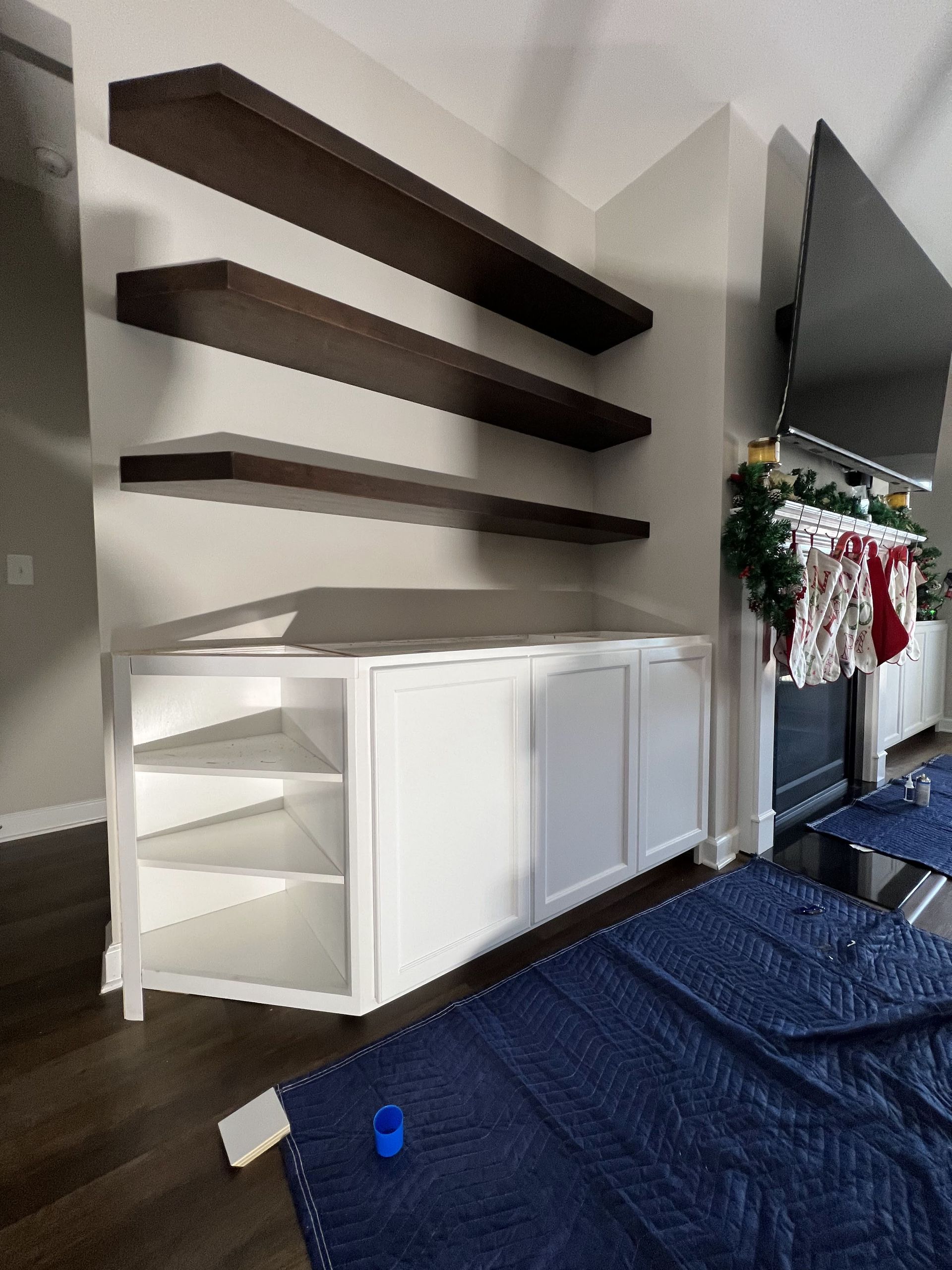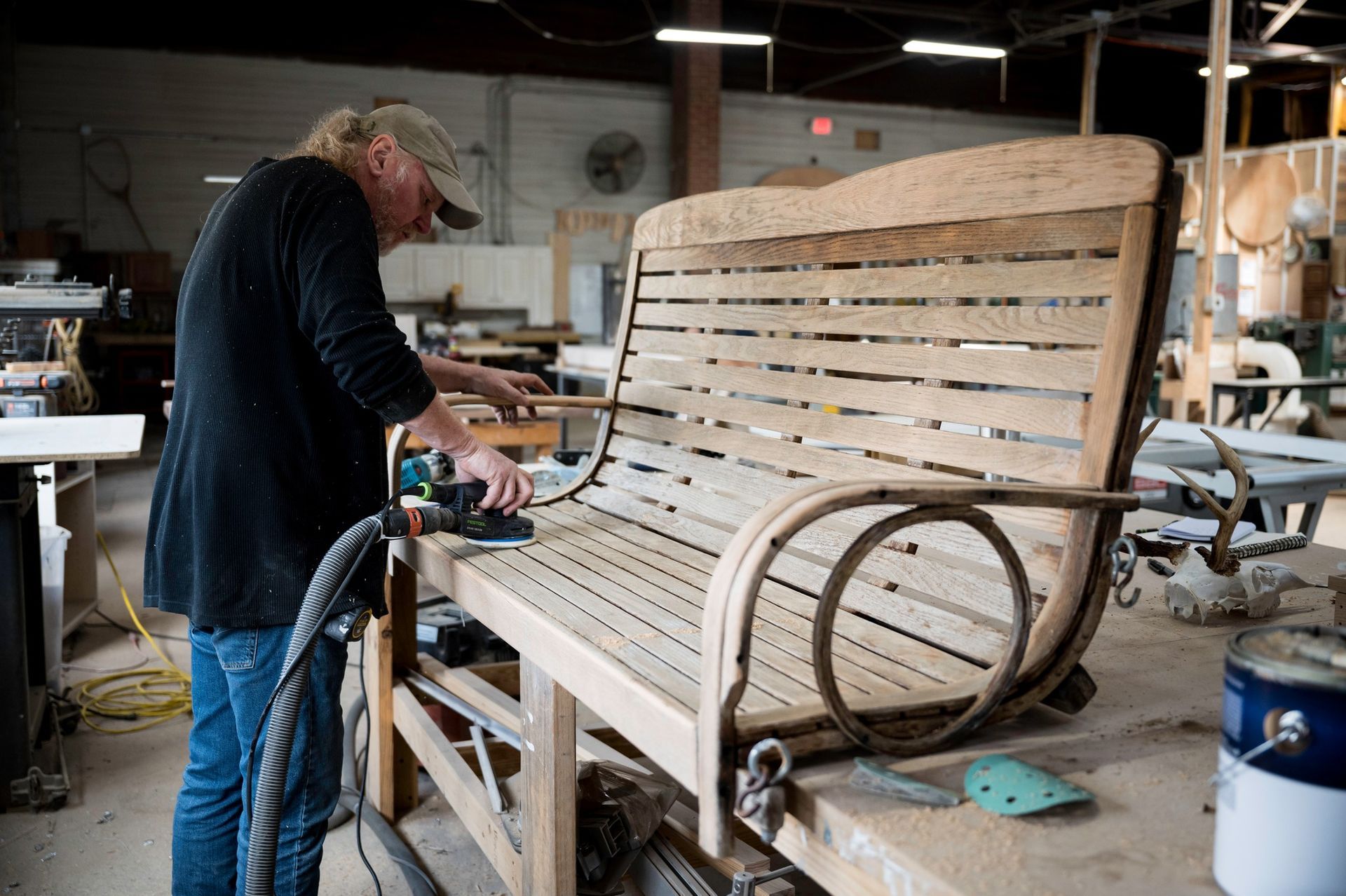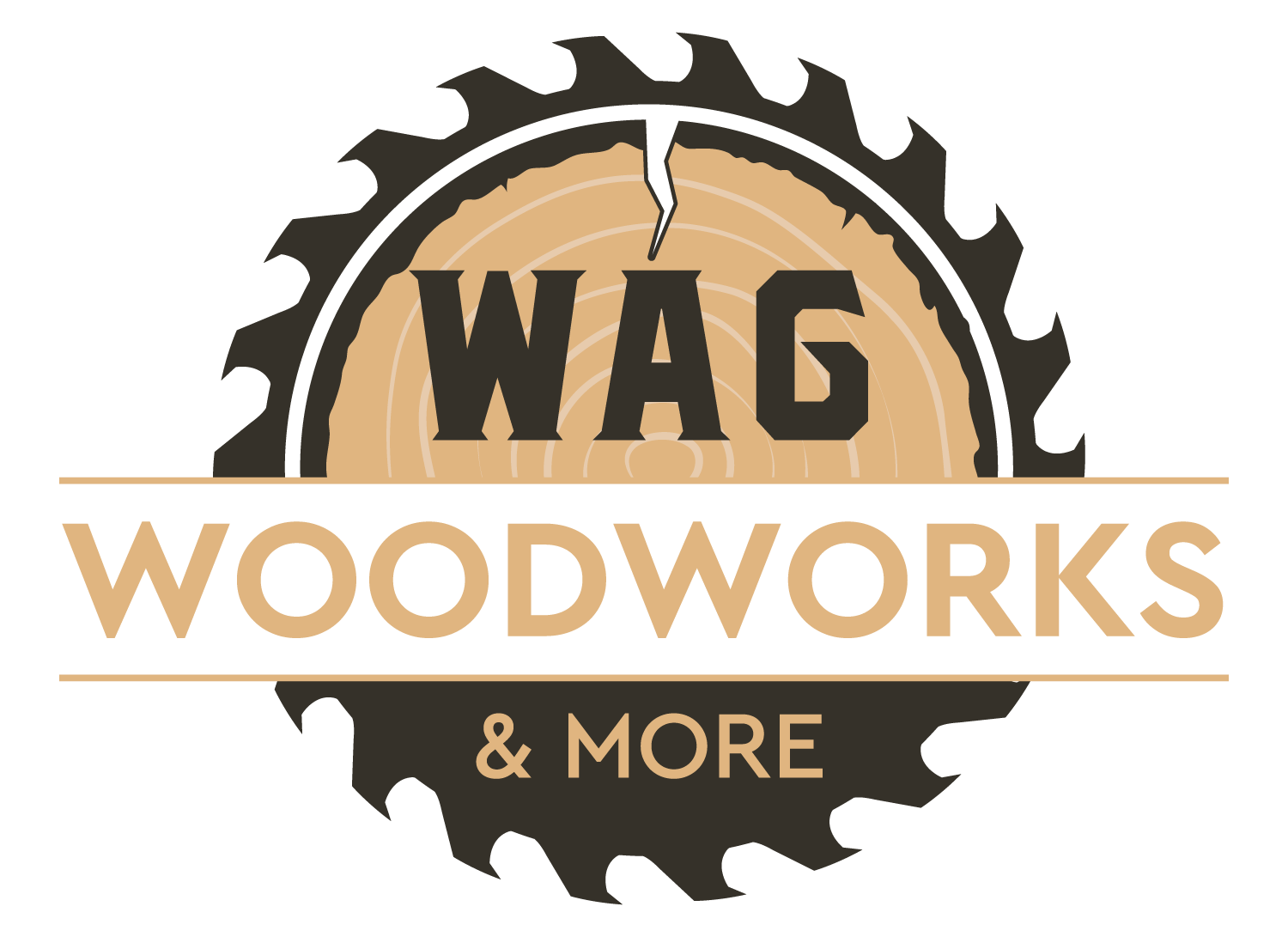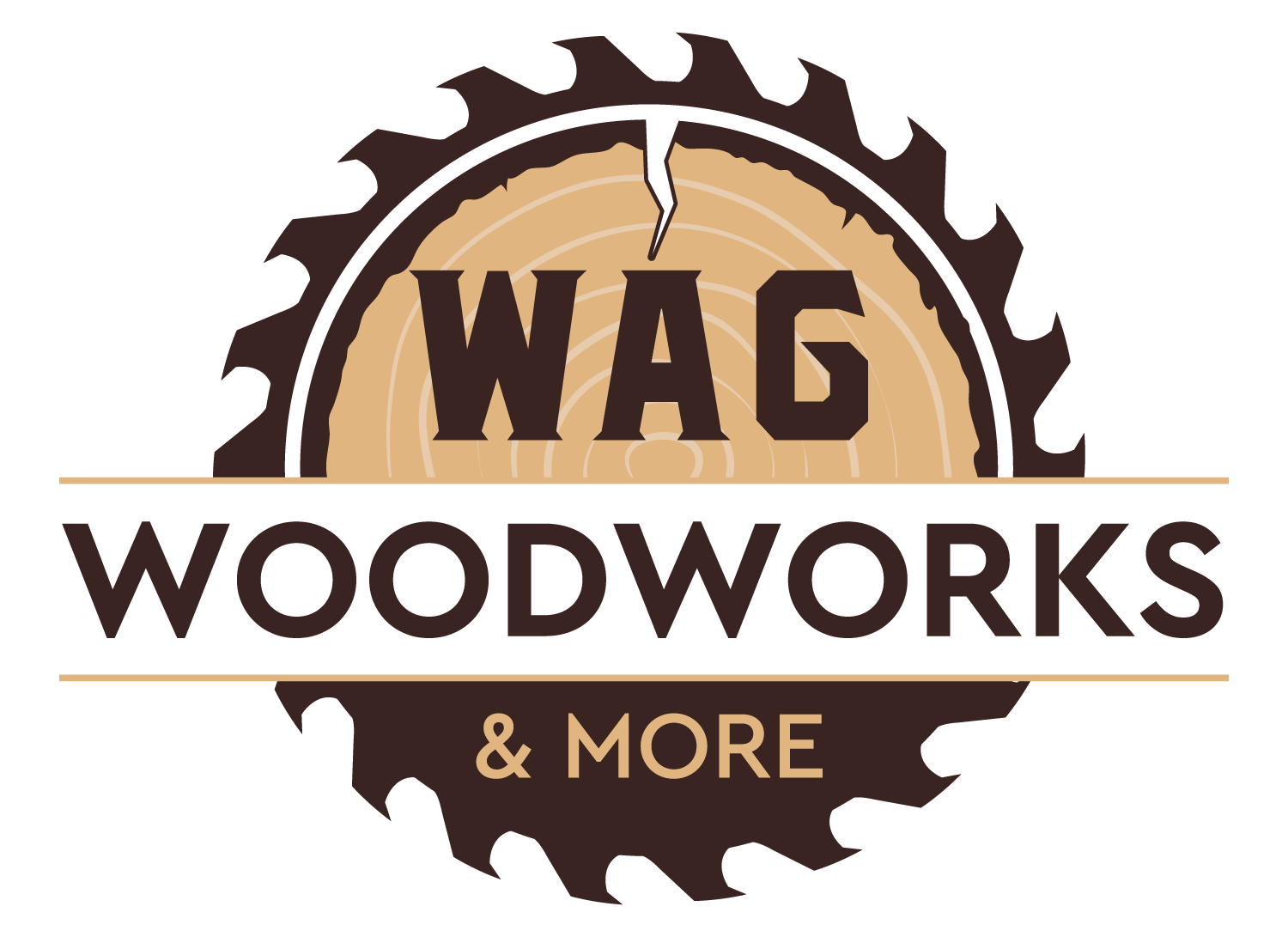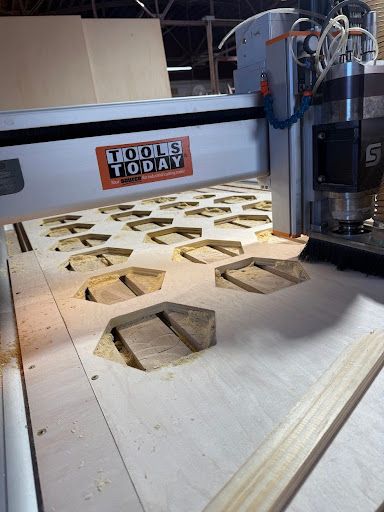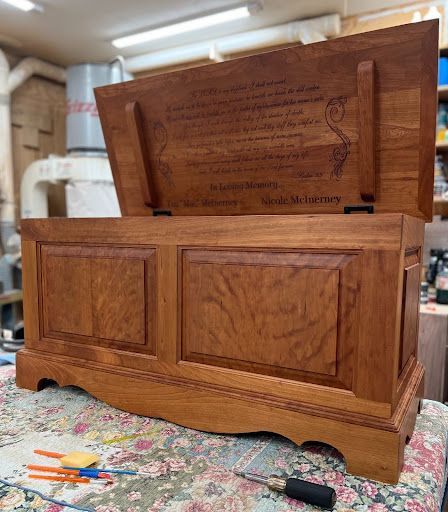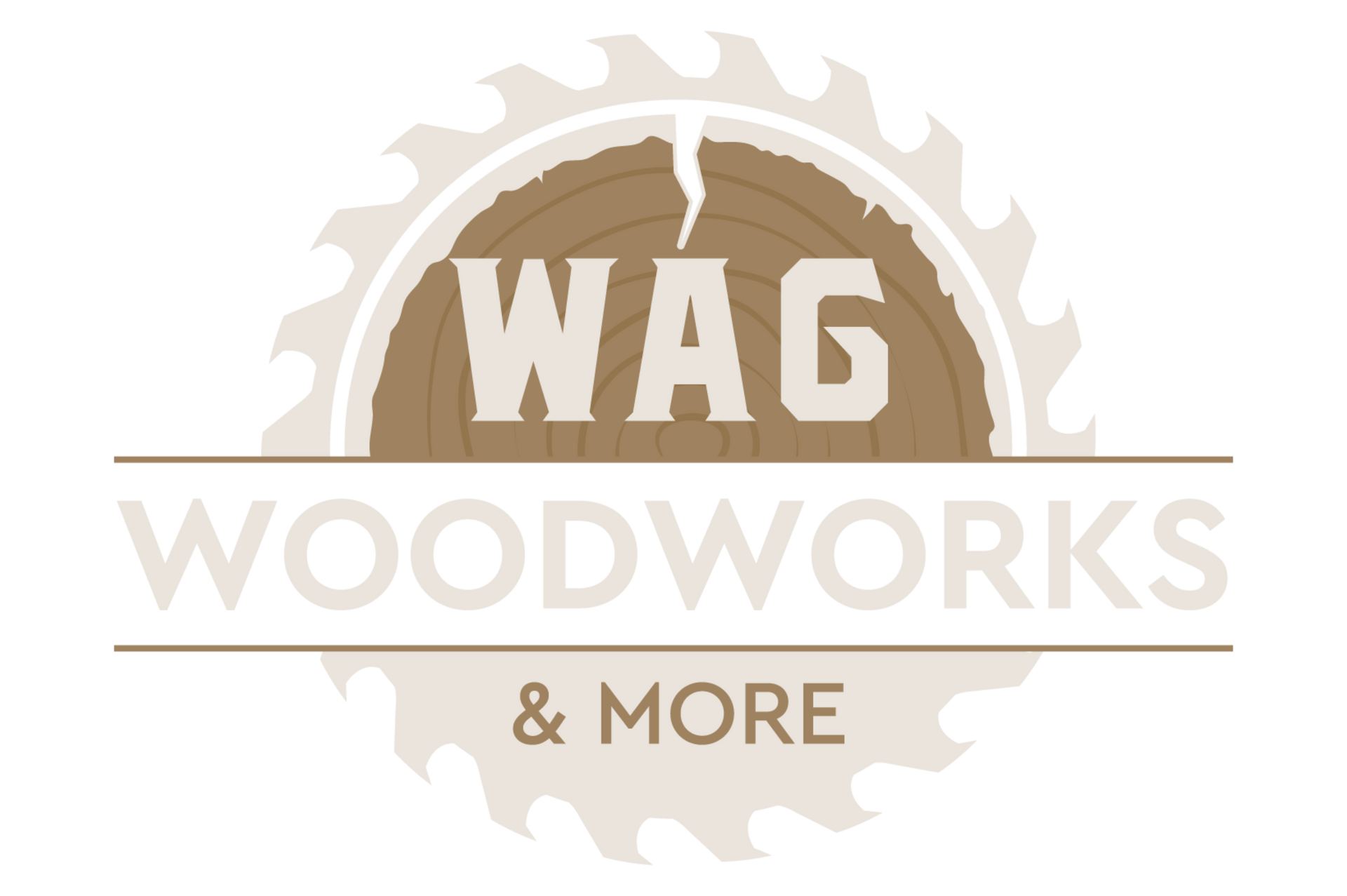Bringing Heirlooms Back to Life: How We Restore and Replicate Antique Furniture with Precision
When a beloved piece of furniture is broken, has missing parts, or worn from years of use, most people think their only option is to toss it or replace it. But I see it differently. With the right mix of craftsmanship and technology, almost anything can be restored—and even made stronger than before.
Here’s a behind-the-scenes look at how I combine traditional woodworking with CNC and laser technology to repair, replicate, and revive treasured pieces.
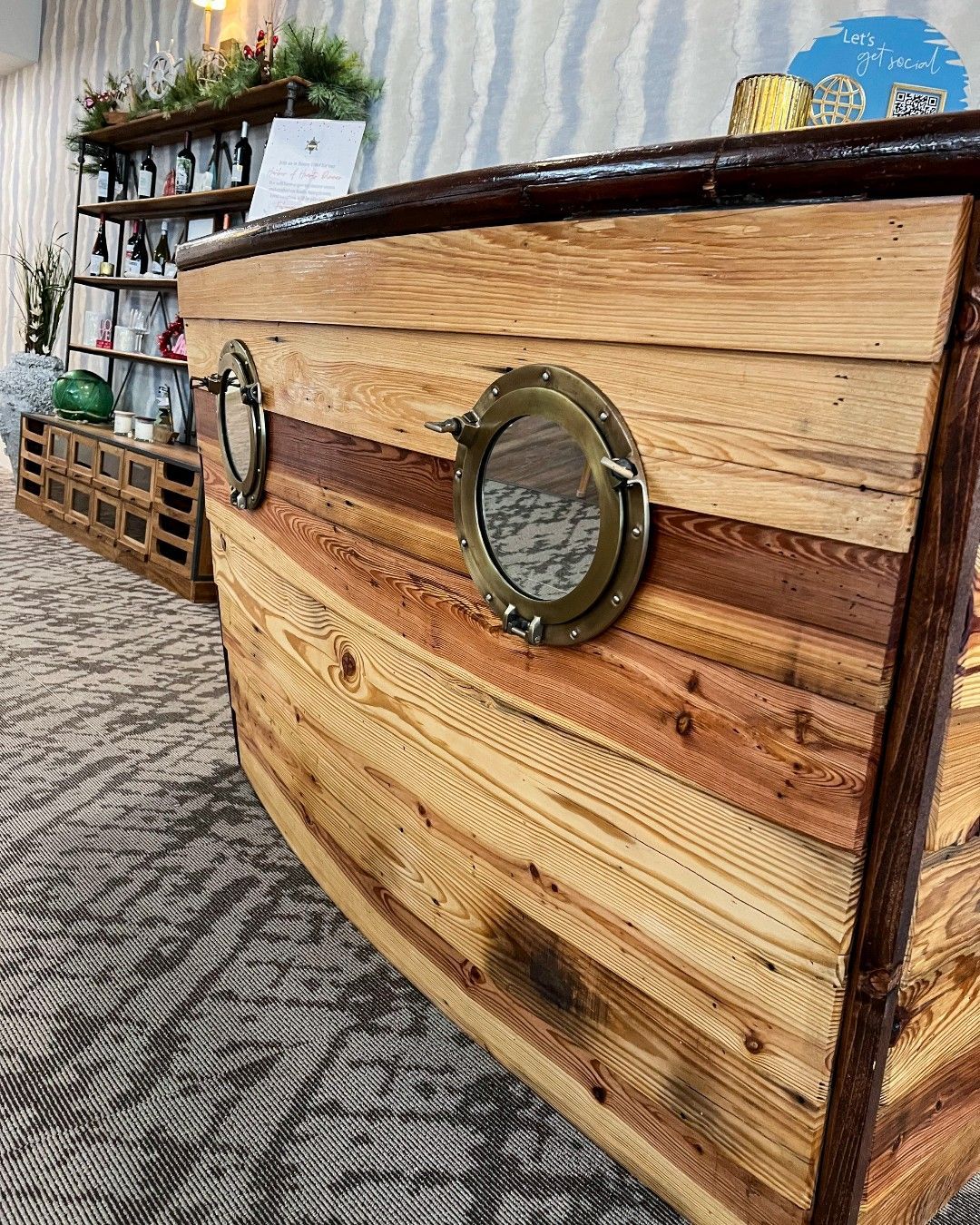
Our Repair Process: Where Old Meets New
Every repair starts with an evaluation: What’s damaged? What’s missing? Can I restore the original piece, or do I need to recreate it? From there, I use a hybrid process that blends hand skills with high-tech precision:
🪵 Step 1: Digital Design & Scanning
If a part is broken or missing—like a carved table leg or decorative corbel—I use a CNC router and CAD software to digitally recreate the component. I either scan the remaining part or take measurements from the original design.
🔥 Step 2: Laser-Engraved Detail
For intricate patterns, emblematic designs, or inlays, I use a 100W laser engraver to reproduce those fine details. This is especially helpful for antique signage, crests, or drawer faces where authenticity matters.
🪚 Step 3: CNC Replication
The CNC machine cuts a perfect replica from matching wood stock—ensuring exact angles, curves, and dimensions. This allows me to recreate everything from turned legs to ornamental moldings with millimeter precision.
🎨 Step 4: Finishing Touches
Once the replacement piece is made, I use hand tools and finishing techniques—like sanding, staining, and sealing—to ensure the new part blends seamlessly with the original. The final result: a cohesive, fully restored piece that honors the original craftsmanship.
If you are interested in starting a restoration project, email us at wagwoodworksandmore@gmail.com.
